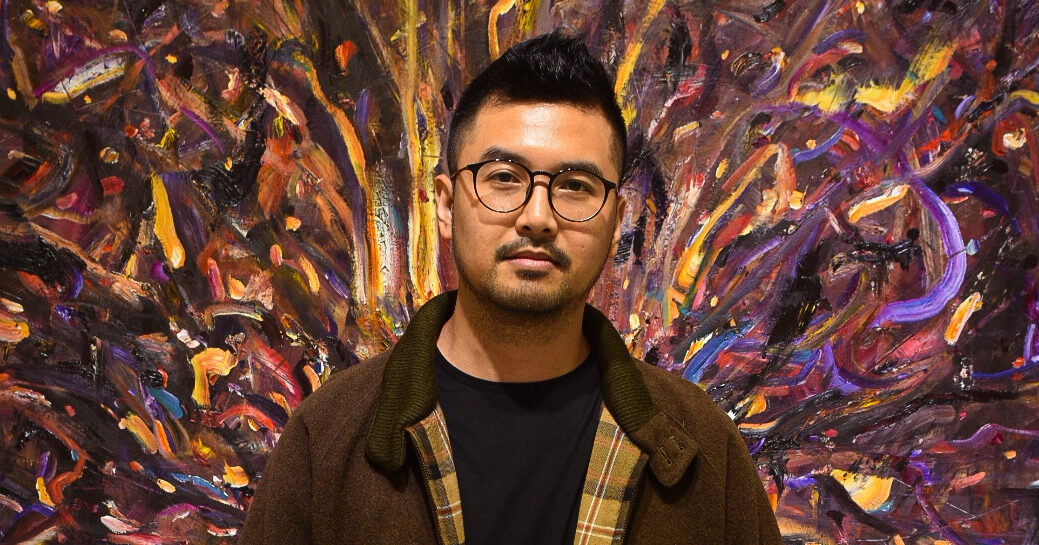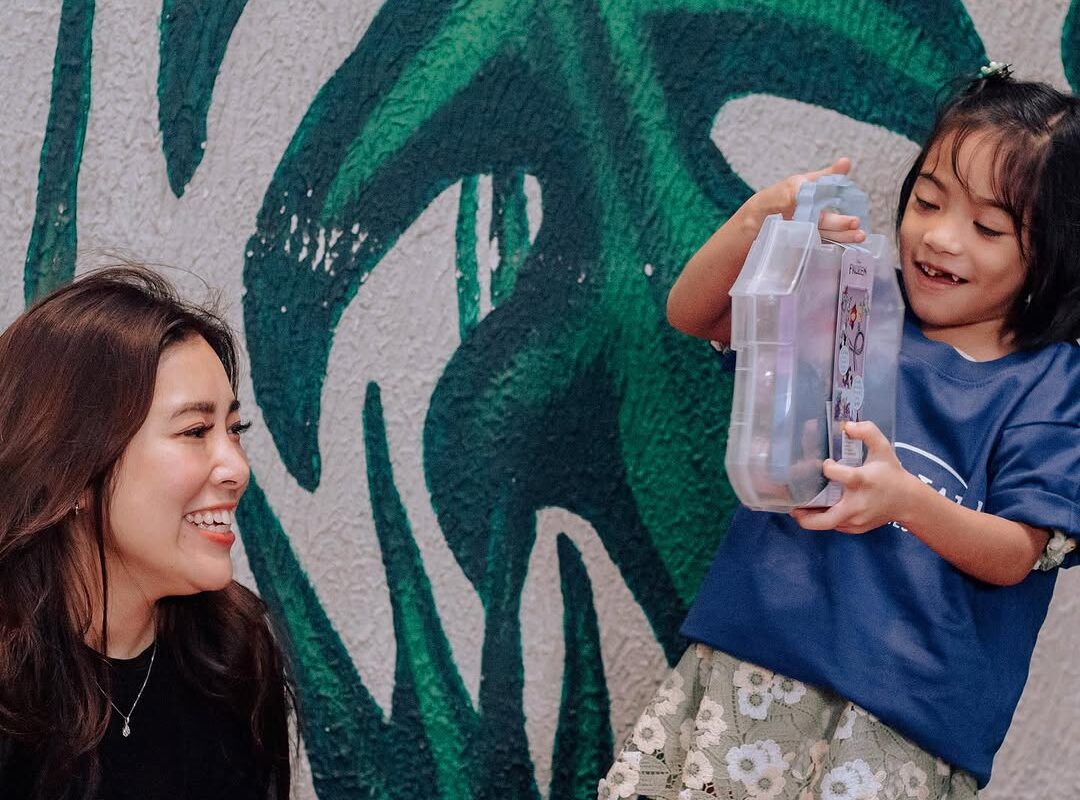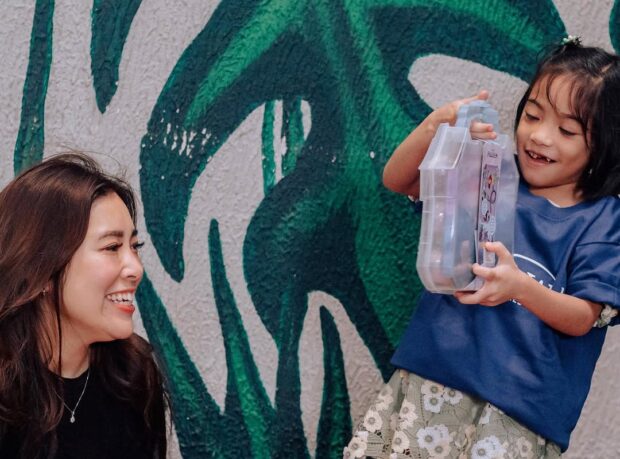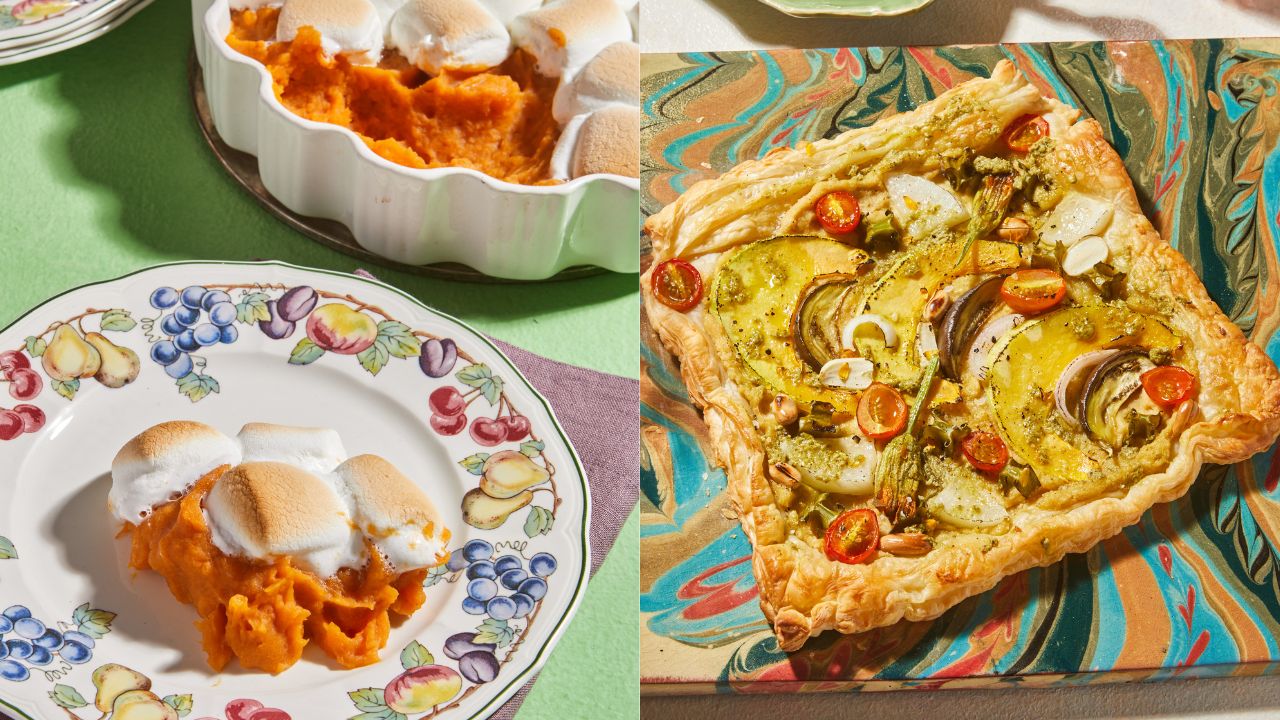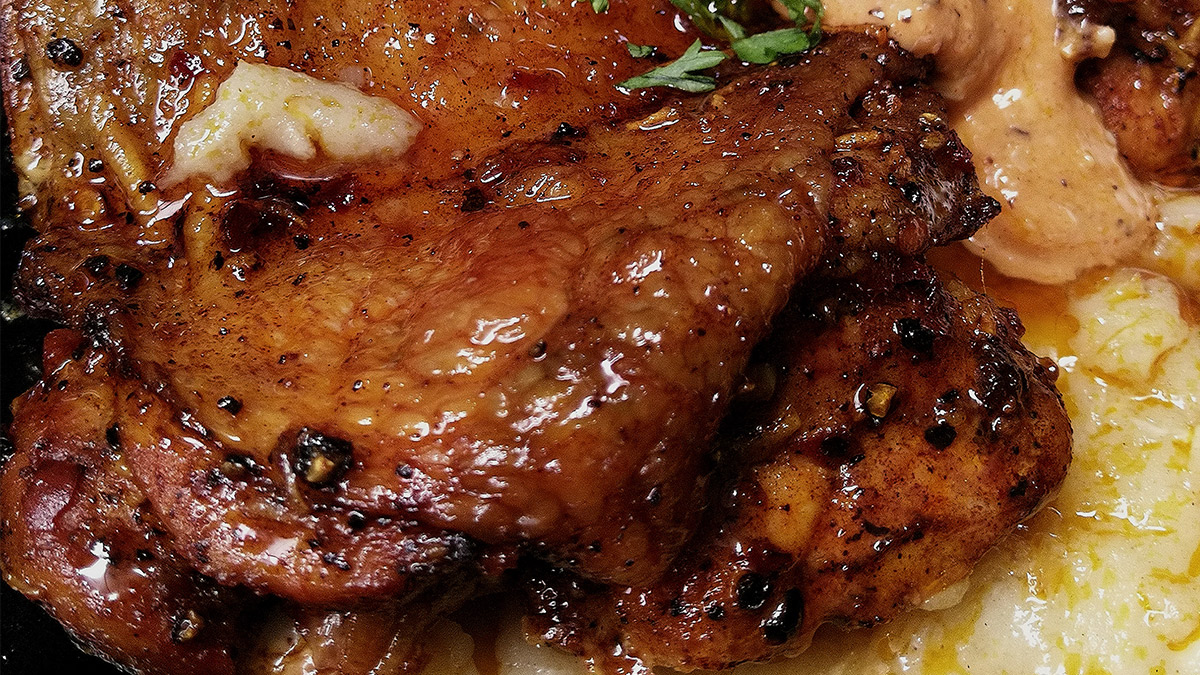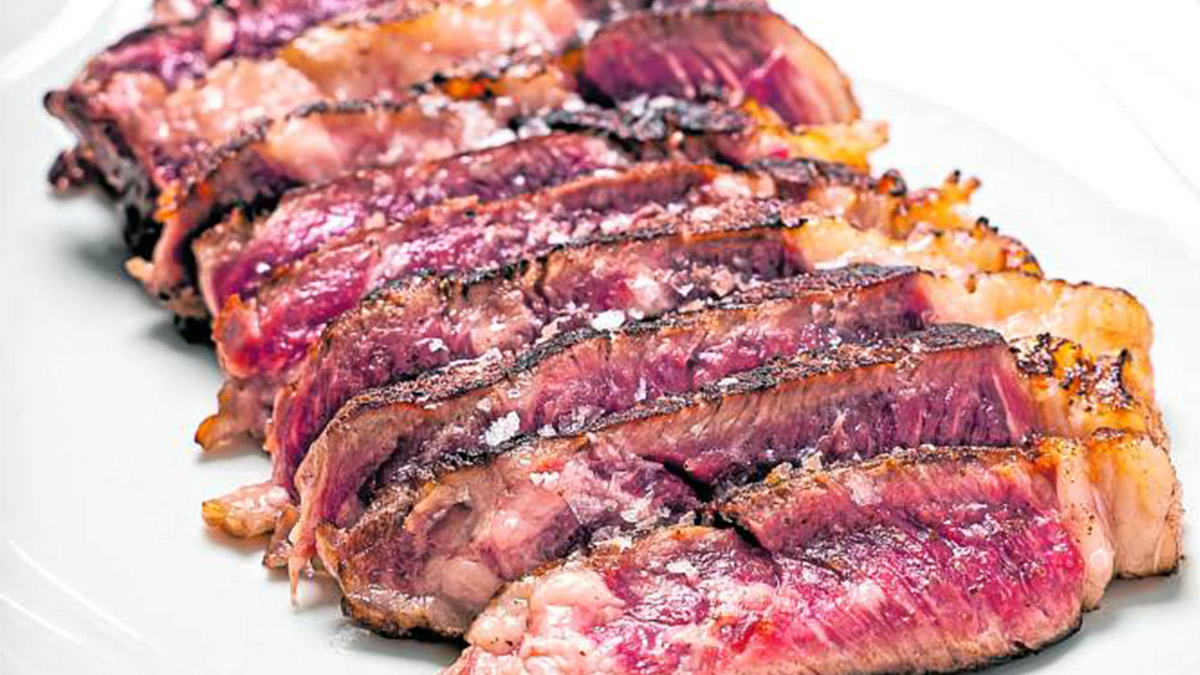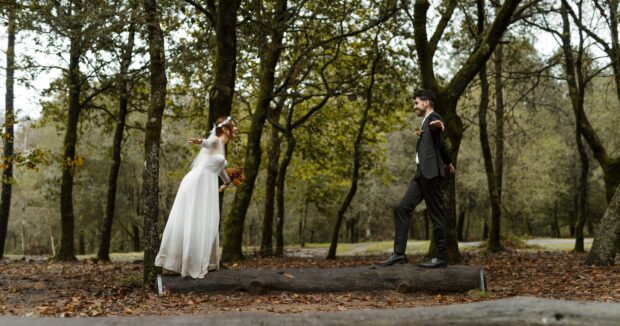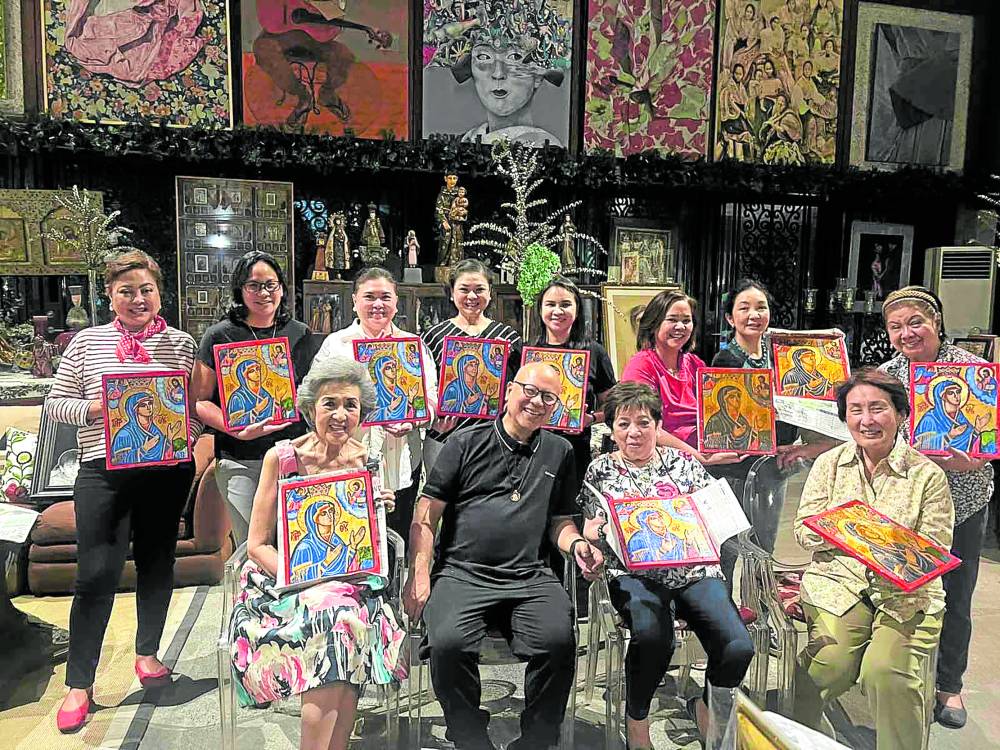
Ten years ago, I first delved into monastic cooking for an iconography class that Fr. Dennis Paez, SDB, and I organized for the benefit of the Ginto Foundation Scholars. The once out-of-school youth became iconographers through the guidance of Father Dennis.
A decade hence, I found myself once again whipping up my interpretation of monastic and convent fare for the participants of the first ever Praying with Icons Workshop for the benefit of Ephesus House, Cavite.
While setting the table, I couldn’t help but be captivated by the image of the Blessed Mother of Ephesus that the ladies were meticulously painting.
Father Dennis patiently explained how every detail of the icon of the Blessed Mother had meaning, and how its execution must follow clear and exact time-honored traditional procedures. I learned that the word “iconography” means image writing, from the Greek words icone (image) and graphe (writing). Icons are the Bible in color.
These works of art are not meant to look realistic but mystical, which is why icons have no shadows and are two- instead of three-dimensional. Icons depict an otherworldly dimension.
Father Dennis went on to define icons as religious theological art that instructs and inspires. Icons are windows to the divine, allowing us a peek into the intimate lives of the saints, our blessed Mother and God. It is like parting the clouds and witnessing them in their personal relationship, inviting us to join them.
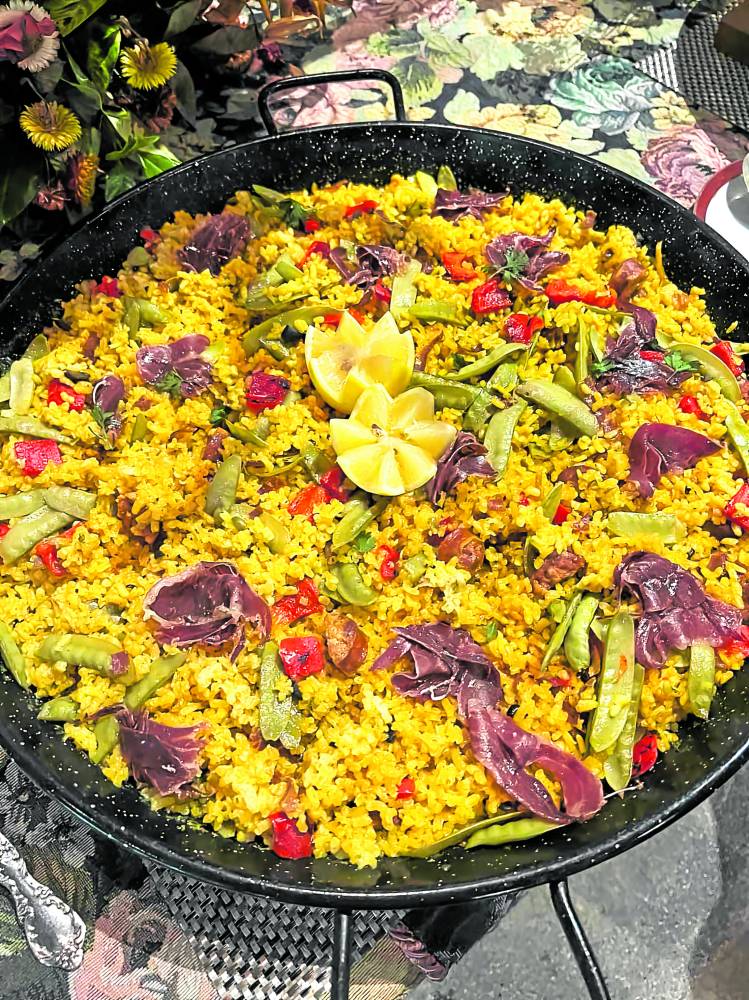
First iconographer
The process of making it is an act of prayer. Thus, praying with icons is a profound spiritual experience.
“Where icons are venerated, what is depicted becomes present,” said Father Dennis. As such, where an icon of the Blessed Mother is, she becomes actually present. This is why, upon approaching an image, one is required to bow three times before kissing it. Legend has it that the first iconographer was St. Luke, who was a physician and an artist. He is the only evangelist who wrote about the infancy narratives of Jesus. It is believed that he learned these in detail by interviewing Mary, and documenting it in his gospel.
The first icon was from an apparition of the Blessed Mother and the child Jesus that St. Luke drew on the dining table of the Ephesus House in Smyrna, Turkiye. Christians were persecuted after Jesus ascended to heaven, so St. John the Beloved, to whom the dying Jesus entrusted his mother, safeguarded the most precious treasure by bringing her to Ephesus, a cosmopolitan city where people were more tolerant. It was at a house in Ephesus that the Blessed Mother first stayed. The site of that house later became the first basilica in honor of Mama Mary. It was there that the Council of Ephesus in 431 A.D. was held, and where Mary was proclaimed Mother of God.
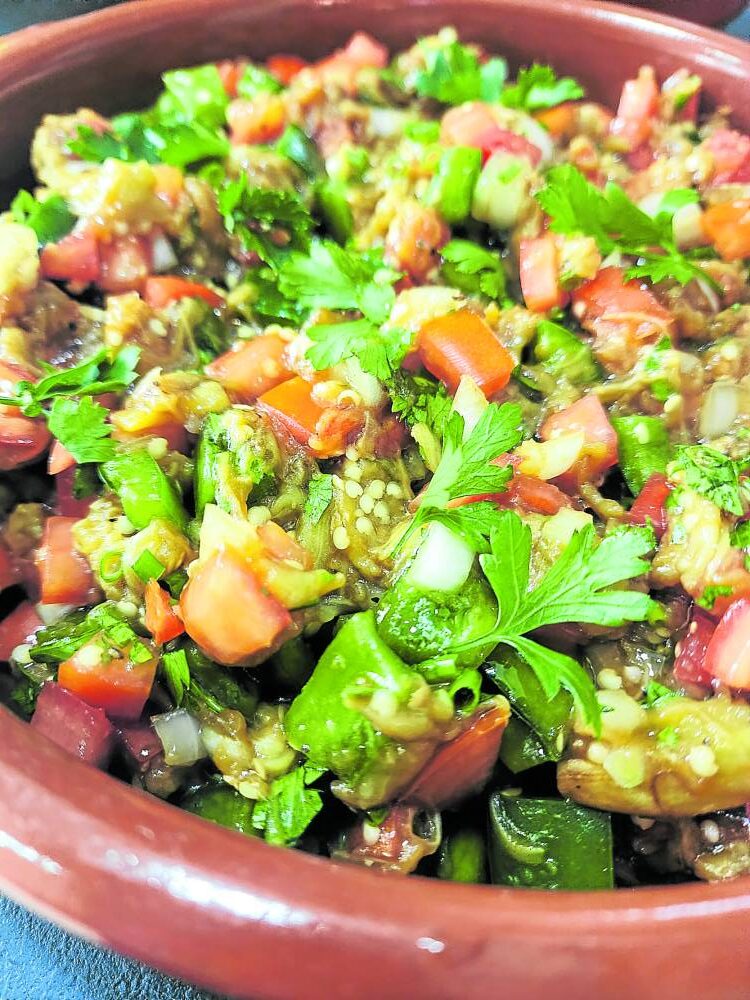
The Blessed Mother moved to the Mountain of the Nightingales. There St. John built a house of stone for her.
It was at this stone house that St. Luke learned about Jesus as a child, and where he drew the first icon. It is where the apostles except St. Thomas gathered toward the end of the Blessed Mother’s life. To console him, the Blessed Mother appeared and gave St. Thomas her cincture, a relic now enshrined in the Ephesus House.
The third Ephesus House outside of Turkiye is being built in Alfonso, Cavite, under the guidance of Father Dennis. The dream is to build an exact replica of the Blessed Mother’s original house in Turkiye.
It will safeguard centuries-old icons and first class relics of saints known for their devotion to the Mother of God. More importantly, the Ephesus House, Cavite, will be a sanctuary for depressed and suicidal youth, and a refuge for troubled, confused and hurting couples and individuals, especially young people. It will be a home where they can find hope, through the comfort and guidance of the Blessed Mother, just as the early Christians found solace in the Ephesus House.
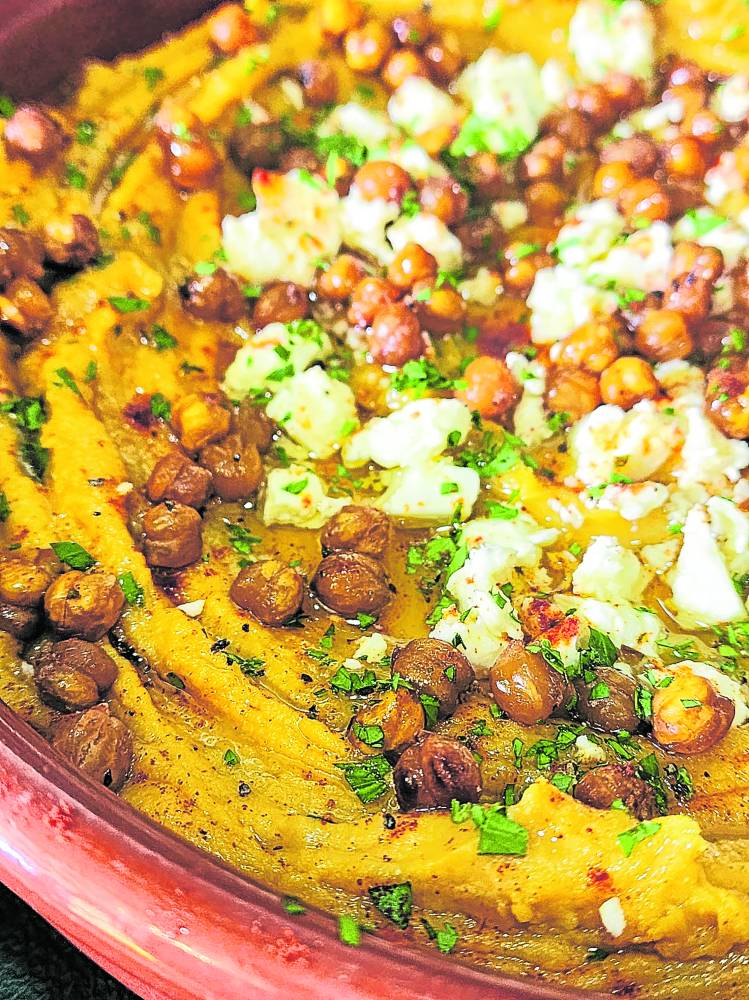
‘Cooking with Saints’
A treat to the participants was monastic dishes and convent fare, my way.
Monk Salad is made primarily with eggplants, bell peppers, tomatoes and onions, and is attributed to a nameless monk from a monastery along the Lebanese mountains.
From the recipe roster of the Monastery Kitchen of the Sisters of the Community of Jesus was sweet potato hummus. I assembled an autumn salad drizzled with maple dressing.
From “Cooking with Saints” by Grazia Barletta was a soup in honor of St. Jude Thaddeus, patron saint of the impossible. Lentils were said to be a staple in his diet. My rendition had chorizo bits for deliciousness.
Pasta di San Giuseppe (St. Joseph’s Pasta) is characterized by “sawdust” breadcrumbs that represent St. Joseph’s profession as a carpenter.
The monastic paella was derived from the Clarisa nuns of the Santa Clara Convent in Brieviesca, Burgos, Spain. The ingredients include jamon and chorizo.

As a tribute to the monasteries and the great iconographers of Greece, I baked halibut using ingredients typically grown in Mt. Athos.
Also on the menu was Mary’s rosemary roast chicken with figs. Legend has it that Mary spread her blue cloak on a bush with white flowers to dry while the Holy Family rested. The white flowers turned blue, thus RoseMary.
Fig trees were in the Garden of Eden, according to the book of genesis. The fruit of prosperity, well-being and security is mentioned over 50 times in the bible. A fig chutney accompanied the roast.
Convent bread pudding is made of bread trimmings, which are aplenty in convent kitchens. It is used for stuffing, croutons and pudding. The pudding I baked was enjoyed with generous amounts of rum custard sauce.
Coffee and tea capped the meal with Guadalupe and Stigmata sugar cookies. INQFor icons, donations and information, visit their website at wwbm.ph; text tel. 0917-5216688.
Follow@iamreggieaspiras on Instagram and Facebook; reggieaspiras.com


